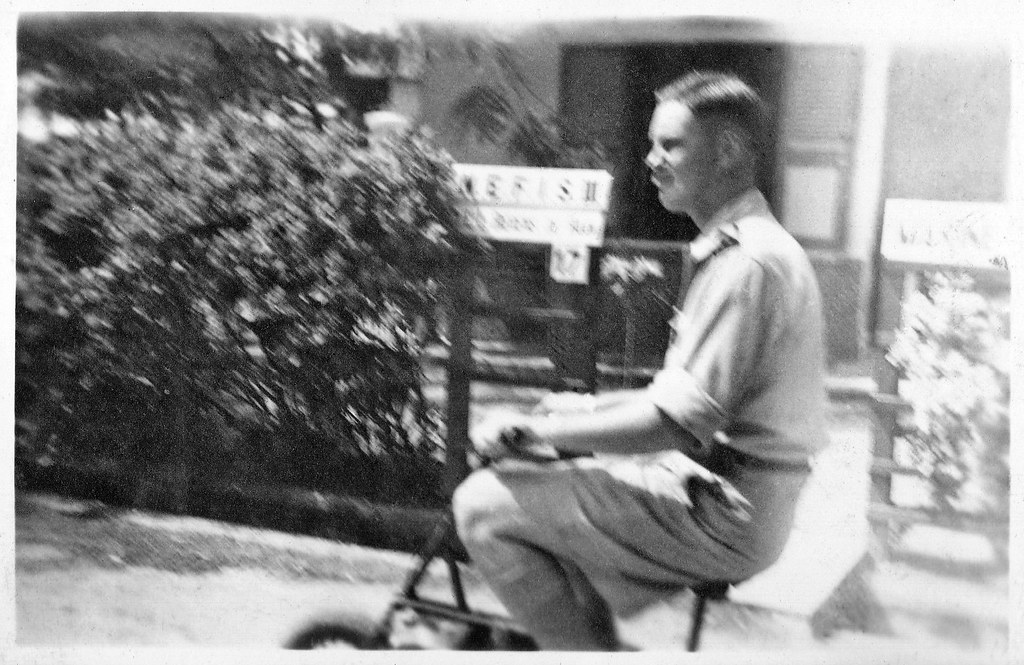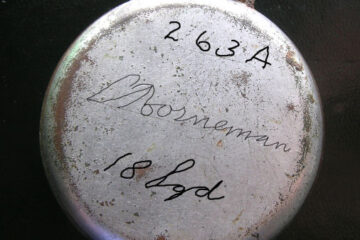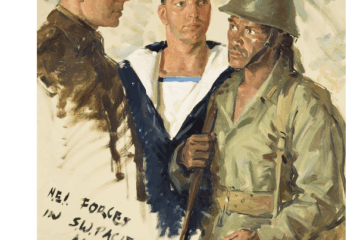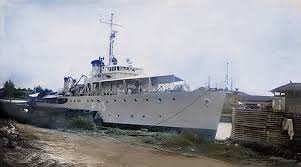The Netherlands Forces Intelligence Service (NEFIS) was the wartime intelligence arm of the Netherlands East Indies (NEI) government-in-exile. It emerged after the collapse of the NEI in early 1942, when Dutch civil and military authorities relocated to Australia. NEFIS became the centre of Dutch intelligence, propaganda, and special operations in the South West Pacific Area (SWPA), operating within the Allied command structure headed by Douglas MacArthur.
Origins in exile
When Japan invaded the NEI in early 1942, the Dutch colonial administration rapidly disintegrated. Lieutenant Governor-General Hubertus van Mook and senior officials fled by air to Australia in early March, initially establishing a discreet administrative presence in Sydney. Within weeks, Prime Minister John Curtin formally welcomed the Dutch and recognised their government-in-exile. By late March, the Dutch administration relocated to Melbourne, where it received full logistical and legal support as an Allied partner.
Early Dutch intelligence efforts were improvised. As early as 1941, Vice-Admiral C. E. L. Helfrich had dispatched a liaison officer to the Australian Commonwealth Naval Board in Melbourne. Small naval and army intelligence teams, led by Captain-Lieutenant-at-Sea G. B. Salm and Lieutenant-Commander H. J. Landsman, operated from Sydney and Melbourne. Their work focused on liaison with Australian and American officers, monitoring refugee and shipping movements, and collecting intelligence from escaped prisoners of war and merchant crews.
As the Japanese advance accelerated, additional senior KNIL officers arrived in Australia, including Major Jhr. J. M. R. Sandberg, Captains Dirk Cornelis Buurman van Vreeden, G. L. Reinderhoff, S. H. Spoor and H. J. de Vries, followed later by Lieutenant Colonel N. L. W. van Straten from Timor and Captain F. van der Veen of the military police. These arrivals formed the nucleus of Dutch military and intelligence coordination in Australia prior to the formal establishment of NEFIS.
In April 1942, the intelligence organisation expanded further. Major Spoor, now promoted, assumed a leading role, with Captain Reinderhoff becoming his first assistant. Lieutenant-at-Sea First Class J. A. F. H. Douw van der Krap also joined. In total, approximately 50 men and women worked within this evolving intelligence structure.
The formal creation of NEFIS on 1 April 1943 gave these efforts a unified framework. The English-language name “NEFIS” was adopted to facilitate interaction with Allied headquarters, where Dutch terminology was considered impractical.
Leadership and command

NEFIS operated under the authority of Lieutenant-General Simon Hendrik Spoor, appointed commander of Dutch land forces in Australia and later commander of the KNIL in exile. Spoor coordinated intelligence activities, oversaw the Dutch military presence in Australia, and ensured Dutch reporting was integrated into SWPA intelligence channels. He worked closely with Salm, who led naval intelligence and liaison, and with Australian and American intelligence officers.
Spoor was well regarded by Allied commanders for his professional conduct and ability to operate within the constraints faced by smaller Allied partners. His principal challenge lay in maintaining Dutch relevance within an Allied command structure dominated by American priorities, where the interests of the NEI were frequently subordinated to broader operational objectives.
Organisation and structure
NEFIS was initially headquartered in Melbourne and relocated in June 1944 to Camp Columbia Wacol, near Brisbane. This site became the principal Dutch intelligence hub, located close to the NEI government-in-exile. NEFIS was organised into three main sections:
NEFIS I – Intelligence Collection and Analysis
Responsible for gathering and analysing information from refugees, escaped prisoners of war, aerial reconnaissance, and intercepted communications.
NEFIS II – Propaganda and Psychological Warfare
Produced leaflets and radio broadcasts aimed at undermining Japanese morale and sustaining loyalty to the Dutch crown in occupied territories.
NEFIS III – Special Operations and Guerrilla Support (see here)
Supported clandestine reconnaissance and limited guerrilla activity in occupied areas. Operatives were inserted by submarine, Catalina flying boat, or parachute in collaboration with Australian and U.S. special forces.
In practice, the availability of Dutch submarines was constrained by mechanical unreliability and prolonged repair periods, leading NEFIS to rely increasingly on Allied submarines when these could be made available.
NEFIS worked closely with the Allied Intelligence Bureau (AIB) and coordinated with Australian services to reduce duplication. Its reports contributed to Allied operations in New Guinea, the NEI, and the wider SWPA theatre.
Role in the Allied war effort
NEFIS ensured that the Netherlands remained an active Allied participant despite the loss of both the homeland and its principal colony. Its contributions included:
- Providing specialist knowledge of NEI geography, shipping routes, and political conditions
- Supplying intelligence on Japanese troop movements and coastal defences
- Maintaining Allied recognition of Dutch political authority in exile
- Supporting preparations for a post-war Dutch return to the NEI
Nevertheless, NEFIS was a small organisation with limited strategic influence. Some operations were high-risk and resulted in significant losses. Intelligence was often duplicated by Australian or American agencies, and Allied headquarters exercised strict control over how Dutch intelligence was used.
Assessment
NEFIS played a modest but symbolically important role in the Pacific War. It preserved Dutch intelligence capability in exile, supported Allied operations, and demonstrated continued Dutch commitment to the war against Japan. Its influence was constrained by limited resources, Allied politics, and competing strategic priorities. At the same time, NEFIS functioned as an institutional bridge between wartime exile and post-war return, ensuring continuity despite the collapse of the colonial state in 1942.
NEFIS III field missions and special operations are addressed in a separate article to allow proper treatment of their risks, limitations, and outcomes.
Return to the Netherlands East Indies
Following the Japanese capitulation in 1945, NEFIS was reorganised to serve as the foundation of a new security service in the NEI. In September and October 1945, the organisation transferred from Camp Columbia back to Batavia on Java.
After a difficult start, the service began collecting intelligence on emerging political movements during the transition period that followed. In 1948, NEFIS was merged into the Central Military Intelligence Service under the direct command of Lieutenant-General Spoor. Its final director, Lieutenant Colonel G. L. Reinderhoff, later transferred to the Royal Netherlands Army following the transfer of sovereignty. In the Netherlands, Korps Insulinde evolved into today’s Korps Commandotroepen.
Related articles
- A Dutch military and civil inventory in Australia – March 1942 snapshot
- Lieutenant Admiral Conrad Emil Lambert Helfrich: a divided Dutch command in exile
- Captain-Lieutenant-at-Sea G. B. Salm: Dutch naval liaison and intelligence officer in exile
- Dutch in Z Special Unit and Korps Insulinde operations (WWII)


